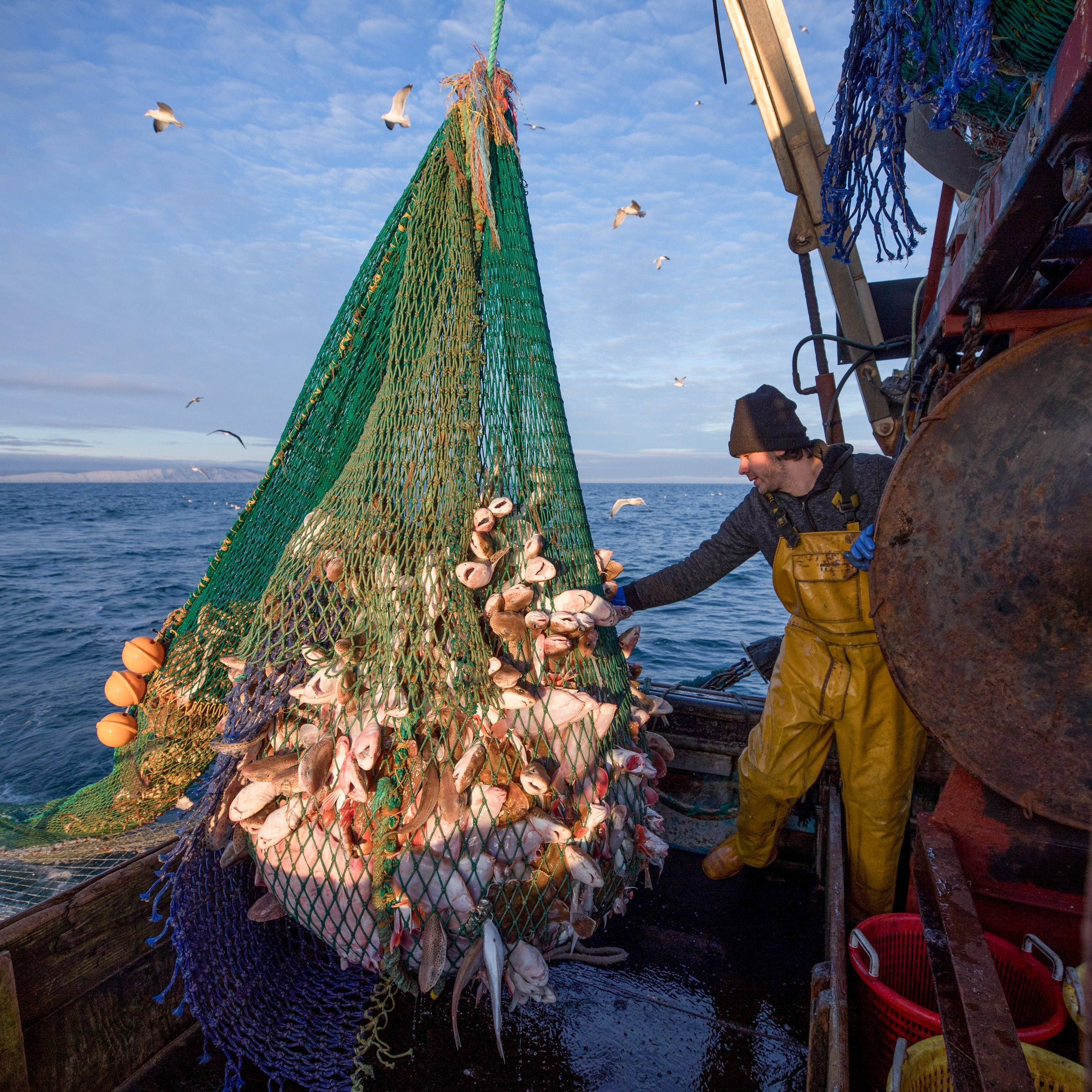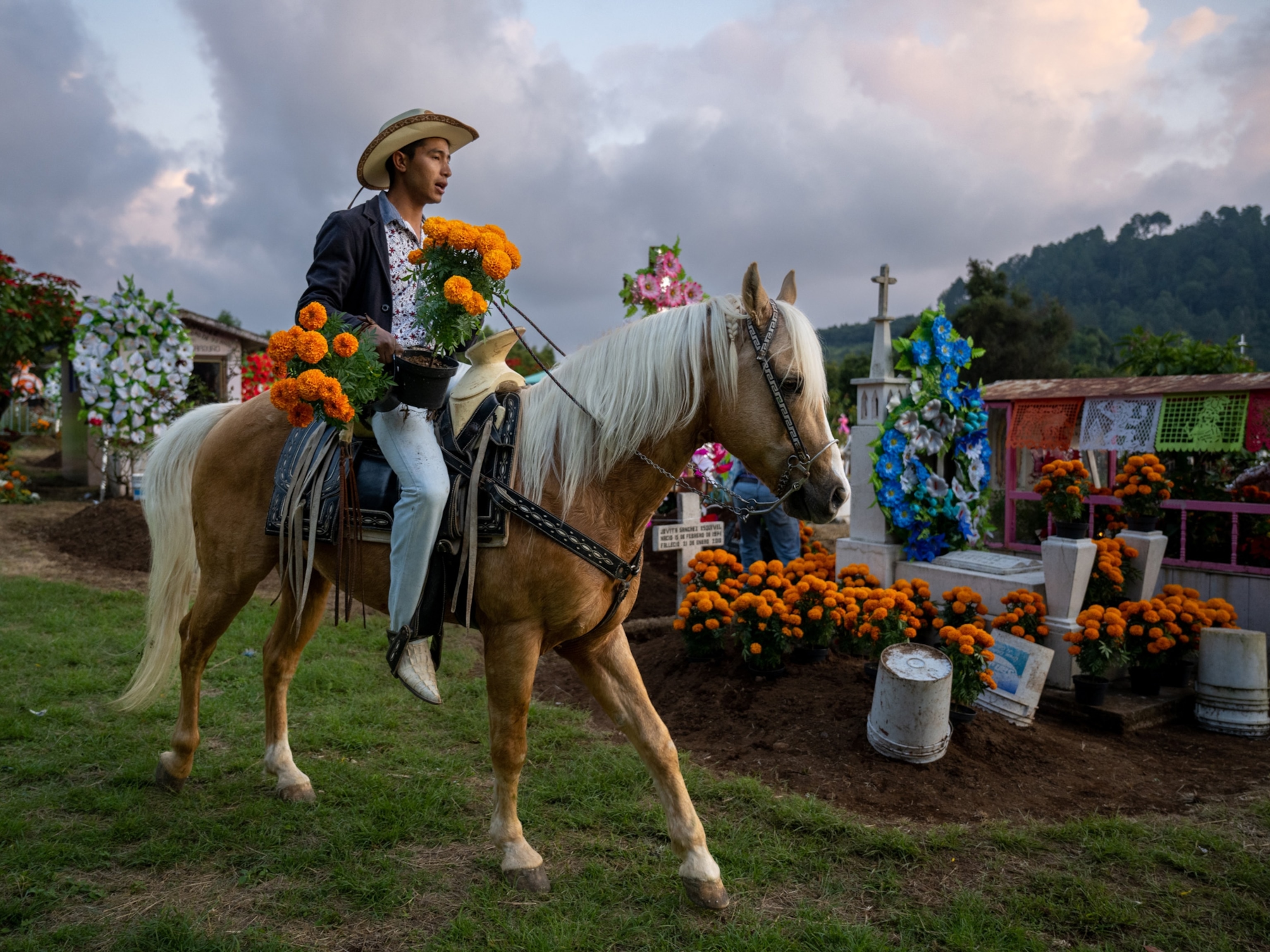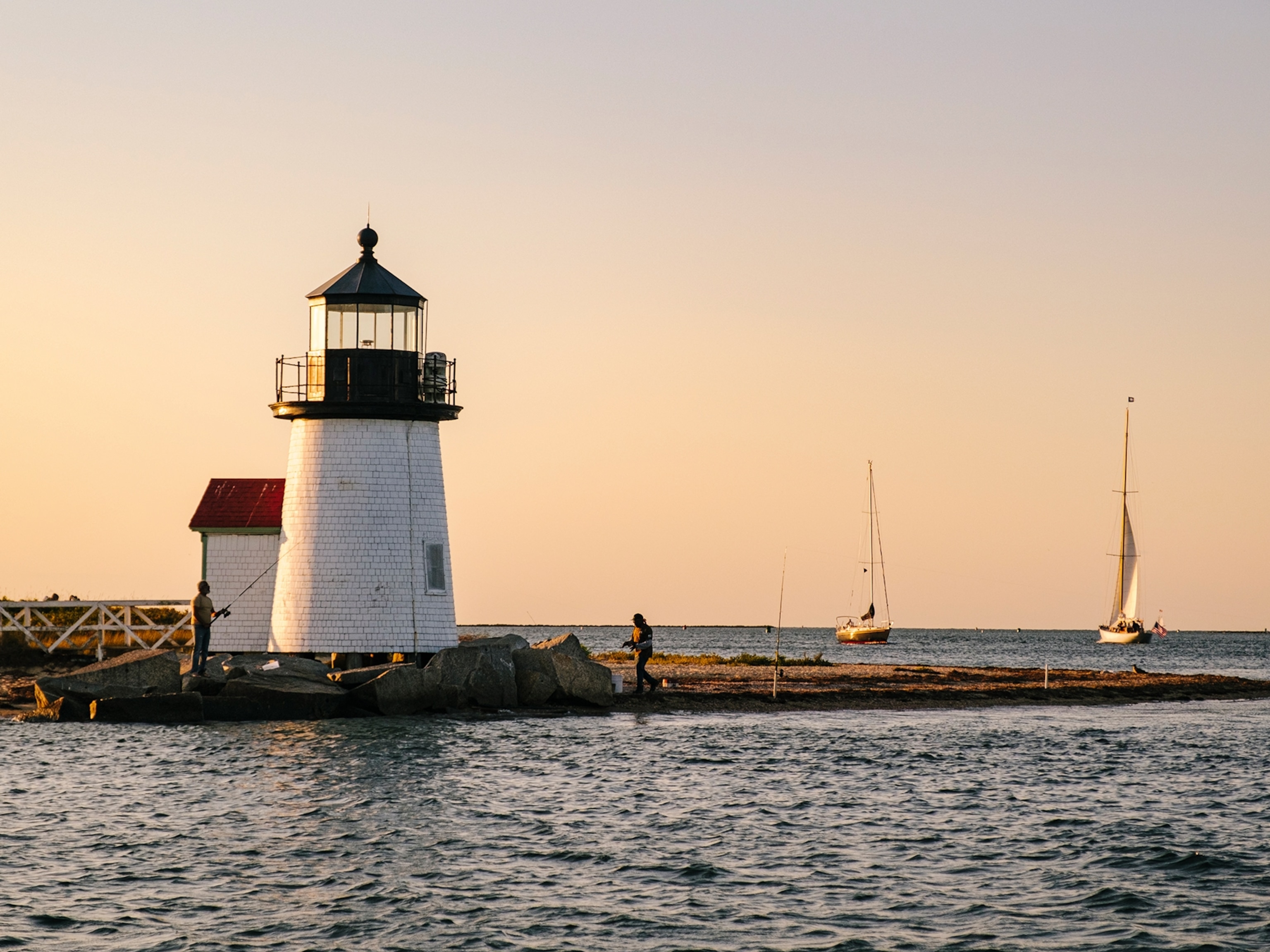This centuries-old British tradition might soon be lost
For generations, fishermen in Devon and Cornwall caught lobsters in woven pots. Can tourism sustain the craft’s revival?
Sue Morgan is one of the last practitioners of a centuries-old craft tradition, once vital to the United Kingdom’s southwestern coast.
At one time, Devon and Cornwall—known for miles of beaches drawing summertime tourists—had a booming lobstering and fishing industry. When summer’s fishing season came to a close and winter storms blew in, fisherman docked their boats and spent hours indoors weaving lobster traps for the next season.
The inkwell-shaped withy pots were made from foraged willow sticks and have become a symbol of the area’s distinctive maritime culture and identity. The craft was passed down from captain to crew since anyone can remember. Their use declined in the 20th century with the adoption of modern fishing tools made of plastic and wires. Today, the U.K.’s Heritage and Craft Association lists withy pots as “critically endangered” and believes there are just 11 withy pot makers left in the region, including Morgan.
These craftspeople are determined to revive this coastal heritage, which may—in a small way—help Britain’s plastic pollution problem. In 2021, U.K.-based Marine Conservation Society estimated that an average of about 5,000 pieces of plastic washed up on each mile of beach in the U.K. That’s down from previous years, but the nonprofit says a comprehensive plan to reduce the manufacture and sale of single-use plastics is still needed.
In Brixham—England’s “most valuable” fishing port—a desire for anti-plastic and non-polluting fishing gear has inspired small-scale fishermen to switch to the naturally biodegradable withy pots. Meanwhile, Morgan has set up a seaside workshop in Devon’s Hope Cove to teach locals and visitors alike about withy pot making. “I see this as heritage that needs to be kept alive,” says Morgan. “Because our fishing traditions and the knowledge of the old ways of fishing are all slowly dying off.”
Withy pots: an age-old fishing craft
No one really knows when withy pots were first made. “It’s lost in time, really,” says Tony Pawlyn, a historian at Cornwall’s National Maritime Museum.
Devon and Cornwall’s fishing industries were commercialized in the Elizabethan era, says Pawlyn, about the same time that Hope Cove records first mention lobster fishing. However, Pawlyn believes withy pots go back much farther and are old enough “to simply be considered a ‘traditional craft.’”
Withy pots are just one element of this maritime history encompassing everything from oyster dredging to fishing for pilchard, a type of sardine.
“There’s been some sort of maritime trade here as long as people have lived in Devon and Cornwall,” Pawlyn says. “Whether it’s coast to coast, or across the channel to France or the sea to Ireland, as long as you had a boat of a reasonable size to do the voyage, people were sailing, fishing, and trading.”
(This little-known Italian paradise is a surprising haven for women fishers.)
A sea change ‘almost overnight’
This history is evident at Sue Morgan’s seaside home and workshop in Hope Cove. As mizzle—a light, persistent rain—blankets the village, I set out to see her work in person.
Fishing gear is piled high outside the workshop, which doubles as a storehouse for her fisherman husband. Inside, surrounded by towers of fishing gear, Morgan shows me how to make a withy pot. She bends 6- or 7-foot willow sticks around a “jig” that keeps the sticks in place while a top funnel is made. More willow is used to ring the pot horizontally, and a base of willow is secured to the bottom.
“You would harvest the willow in December, when the leaves had fallen off the trees and the seas were too rough for fishing,” Morgan says. “A two-man crew could make around 80 or so pots between them in a winter, and that would last them through the next season.”
Morgan, who moved to Hope Cove in 1984, learned how to make withy pots from a local named Eric Jarvis. His death in 1992 got her thinking about the future. “There wasn’t any interest in saving things then,” she says. “But I thought, get me some willow because otherwise, this craft is going to die too, and no one is going to remember it all!”
(Here’s why Oaxaca’s traditional ‘pottery of the night’ is making a comeback.)
The practice differs slightly from village to village. Some pots are larger; some are flatter on top. The weave may be more intricate. These distinctions make them easy to identify when they wash up on shore, but they all share the same basic design: a baited pot lures a lobster in through a narrow funnel, which prevents them from crawling back out.
Lobster pot making changed “almost overnight,” says Morgan, when sturdier materials like plastic and metal wires became widely available. “In the 1960s the fishermen switched to wire pots that could last longer than one season,” she says. “These pots were cheap to buy, and the fishermen thought, great, we don’t have to spend all winter making pots anymore.”
No matter what they’re made of, lobster pots can be lost in rough seas. When that happens, plastic and metal traps don’t break down and end up “ghost fishing” indefinitely. Lost withy pots, on the other hand, eventually succumb to the elements.
Evolving lobster pots were symptomatic of wider changes affecting Hope Cove’s fishing industry. “There were at least 20 fishermen when I was a kid,” says Dave Clarke, who repairs modern, steel lobster traps in his workshop on the other side of the cove. Now, he’s one of only three part-time fishermen in town; Morgan’s husband is the only full-time fisherman.
Fishing families couldn’t compete against fleets of new boats and advancing technology. In time, many families left the industry and the village, taking their knowledge of fishing traditions with them.
Bigger vessels eventually began to deplete lobster populations in the 1980s and 1990s, putting the industry overall at risk. In response, size regulations were introduced and hatcheries were opened in coastal areas to boost stocks.
(COVID-19 threatened Alaska’s fishermen. Here’s how they persevered.)
New life for long-held traditions
“Without the fishermen, you don’t have these other community aspects of culture,” says Jake Scolding, a project manager at Cornwall’s National Lobster Hatchery who lives on the Lizard, a windswept peninsula of sheltered beaches and craggy harbors far west of Hope Cove. “It’s not just about providing fish and shellfish, it’s a way of life that’s so important to the community.”
As a project manager, Scolding monitors lobster populations in the area, which are boosted by about 45,000 hatchlings each year. His job has environmental and economic importance but cultural significance, too. “It’s really important the stocks are there for the future of those communities,” he says. “If the stocks go, the fishers will go, and then a lot of the culture and heritage of Cornwall will die.”
Yet, despite the conservation efforts, area fishermen report it takes more lobster pots to catch the same amount of lobsters from decades ago. Clarke says he started in 1974 with 80 pots; now he needs 280. Data show that the number of landings, or lobsters that have been caught (the most accurate way to count lobsters), have remained consistent since 2014. These numbers, however, can’t account for exactly how many lobsters are out there hiding in the rocks.
In some ways, tourism has helped fill in the growing economic void left by the decline of the area’s fishing industry.
Fisherman Nigel Legge has been making withy pots for four decades. In summer, he takes tourists on boat trips around the Lizard, where he demonstrates how the pots are used. In winter, television and film production companies order his withy pots to fill in period dramas, such as Poldark.
In Cadgwith, a small village on the peninsula’s western shores where Legge operates his fishing boat, fishermen entertain crowds of tourists with sea shanties sung late into the night at Cadgwith Cove Inn.
While tourism has boosted the local economy in Cadgwith for decades, especially in the summer, it’s a double-edged sword. Vacationers contribute to rising prices, especially in the holiday home rental market, pushing many local families out.
Back in Hope Cove, Morgan has embraced tourism as a way to breathe new life into withy pot making. There’s high demand for her weaving classes, and she frequently sells her elegant creations to tourists staying in the many converted fishing cottages in the village. Pre-pandemic, Morgan often demonstrated her work at arts and crafts festivals, too.
Tourists aren’t the only people interested in the pots. Brixham’s small-scale lobster fishers are rediscovering the value of withy pots, bringing a glimmer of hope to the craft’s future.
It may be a small effort, but it’s a promising sign for devotees like Morgan.
“It’s jolly hard work, fishing, but there’s hope,” she says. “There’s interest in sustainable fishing methods, and I think withy pots will see a resurgence again as part of that.”







